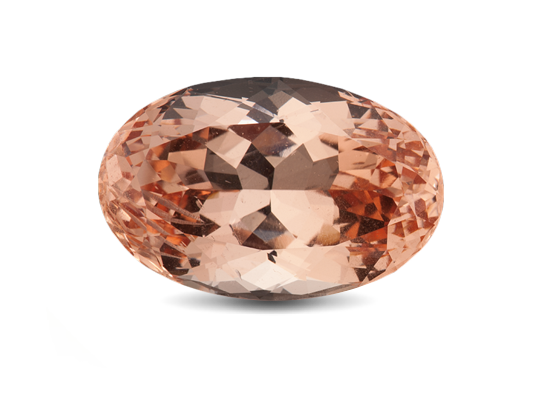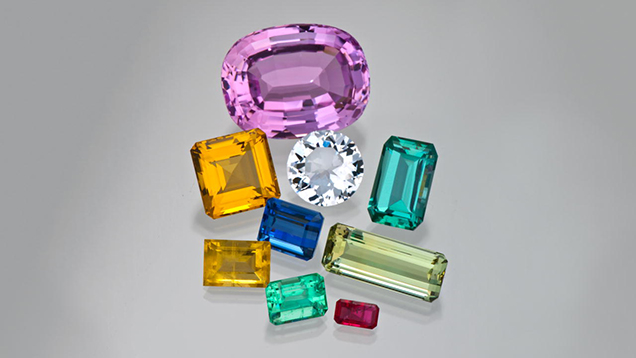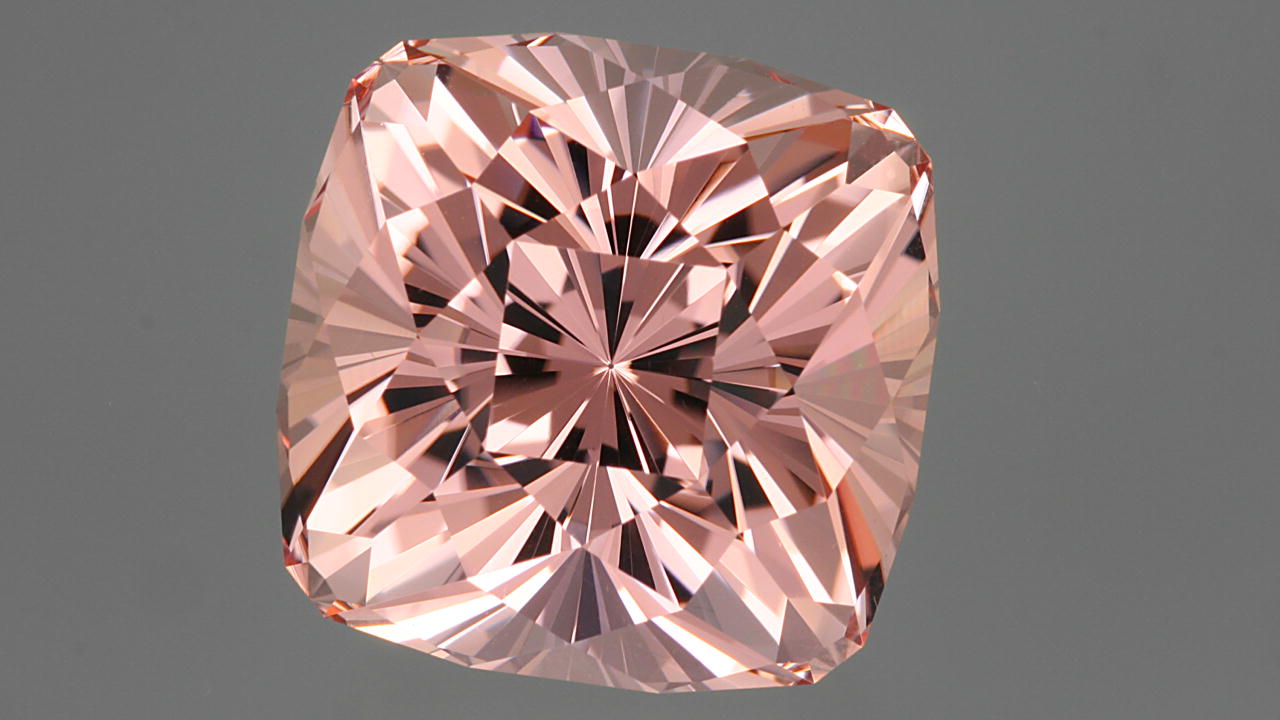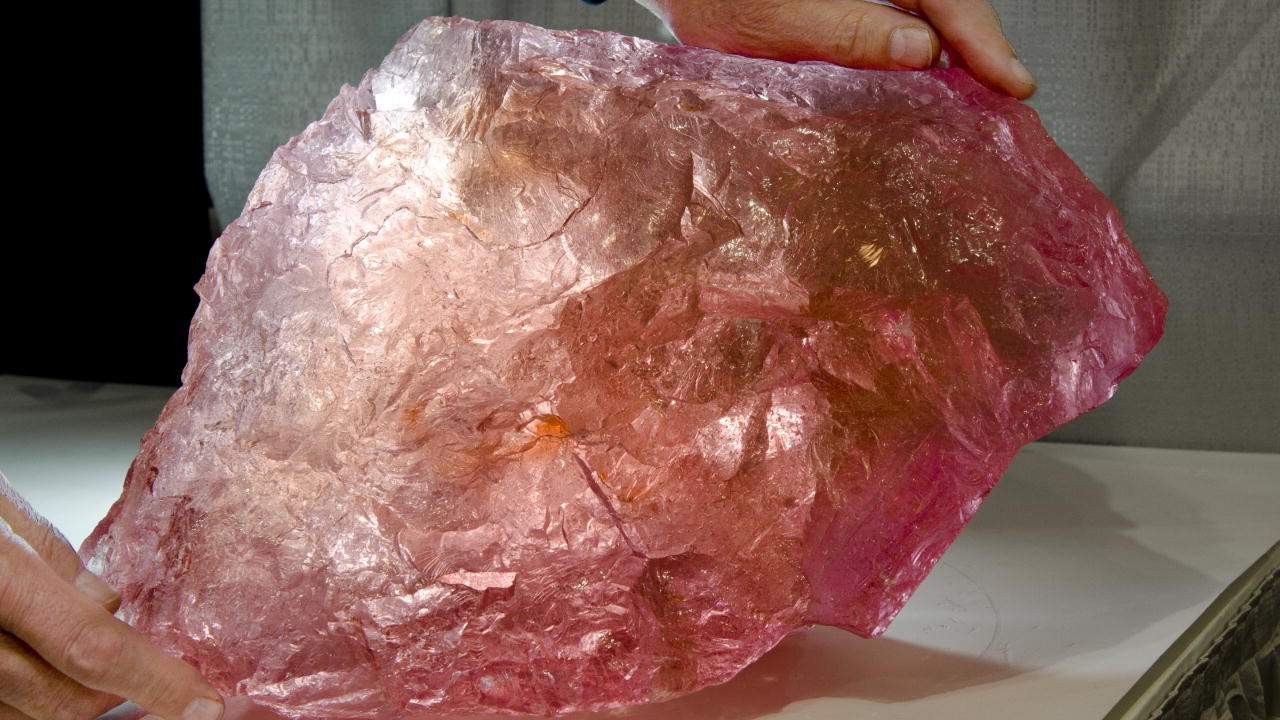Overview
Morganite’s subtle color is caused by traces of manganese. Because morganite has distinct pleochroism—pale pink and a deeper bluish pink—it’s necessary to orient the rough carefully for fashioning. Strong color in morganite is rare, and gems usually have to be large to achieve the finest color.
Salmon Color
Untreated morganite often has a strong orange color component, creating a salmon color.
Size
Morganite crystals can be large, with specimens from Brazil weighing over 10 kilograms.
Finance
Morganite was named after J.P. Morgan, one of the greatest financiers in history.
Facts
-
Mineral:
Beryl
-
Chemical composition:
Be3Al2Si6O18
-
Color:
Pink to orange-pink
-
Refractive index:
1.583 to 1.590
-
Birefringence:
0.007 to 0.008
-
Specific gravity:
2.80 to 2.91
- Mohs hardness: 7.5 to 8
Treatments
There are a number of processes used to alter the color, apparent clarity, or improve the durability of gems.
Learn MoreSynthetics
Some gemstones have synthetic counterparts that have essentially the same chemical, physical, and optical properties, but are grown by man in a laboratory.
Learn MoreImitations
Any gem can be imitated—sometimes by manmade materials or by natural materials chosen by man to impersonate a particular gem.
Learn More
Why We Love This Gemstone
Multiphase inclusions
Morganite can contain liquid inclusions that contain gas bubbles and possibly also solid phases.
Flatter prisms
Morganite forms beautiful hexagonal prism crystals that tend to be flatter than aquamarine crystals.
Pastel
Morganite often comes in lighter pastel shades of pink.
Quality Factors
Morganite can be pink, purplish pink, or orangy pink; often light in tone.
Color
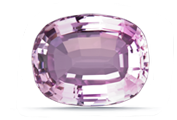
Although commonly light in tone, top-quality material is a strong pink.
Clarity
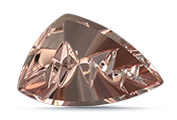
Faceted morganite, in light and stronger colors, usually has no eye-visible inclusions.
Cut
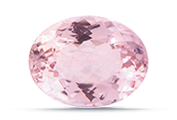
Light-colored crystals might be cut a little deep to intensify the color.
Carat Weight
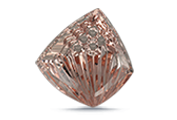
Morganite comes in a variety of sizes, including large faceted gems and designer cuts.
Morganite Quality Factors: The Comprehensive Guide
Research
Explore sources, gemological research, and the role of gems in history.
Radioactive Morganite
Hiroshi Kitawaki, Yoichi Horikawa, Katsumi Shozugawa, and Norio Nogawa Read ArticleGem Pegmatites of Minas Gerais, Brazil: Exploration, Occurrence, and Aquamarine Deposits
Keith Proctor , Jun 1, 1984 Read ArticleRecommended Reading

Beryl
John Sinkankas and Peter Read

Beryl and its Color Varieties
Dimitriy Belakovskiy, et al



